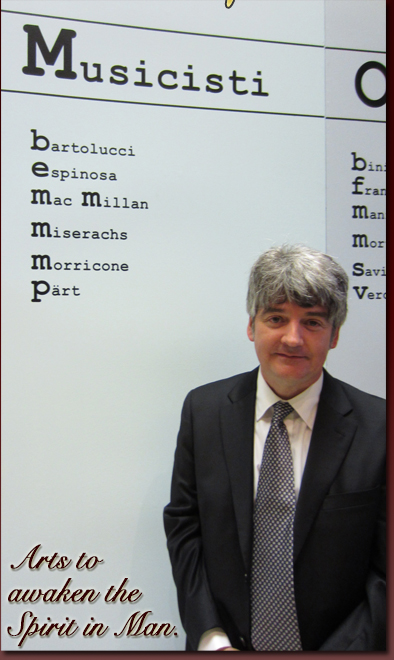



Philosophy
Some general remarks on the aesthetic trends underlying some of Espinosa's works can be seen in the following excerpt on occasion of the presentation for the Small Concerto for Bassoon (or French Horn) and Strings:
". . . The work was composed as a praxis of my particular view that deep changes in the depth and meaning of a work, can be achieved through changes of medium (orchestration), or by combining them with other aesthetic entities, to the point of creating a completely (or almost completely) new work. I based my belief in the obvious relationship we find between some groups of paintings by Picasso, where the theme and feeling of one work is definitely the same as in many others, compared with groups of paintings by Monet. The event that triggered this interest was an exhibit of 60 lithographic works by Picasso held in 1976 in the city of Monterrey. Observing the dates I noticed that all of the paintings had been produced in only two days (!) and, definitely, in more than one way, although the paintings were different, they all could be said to have been very much the same. This did not diminish my admiration for Picasso, however; but my mind made an analogy with music. On the other hand, Monet (as far as my appreciation goes), does the exact opposite; he does not change the Water Lillies (not hiding the aesthetic entity), yet every painting has a life and a luminosity of its own. In time I became aware of the path I had to follow. I began by using the same name for any work that would express the same aesthetic entity (apart from generic or group works that I would call "Duos" or "Cantos" etc.) and preferably, using the very same materials in order not to hide their source.
For more in-depth information on Leandro's work, please visit the following links: |
|
|
|








